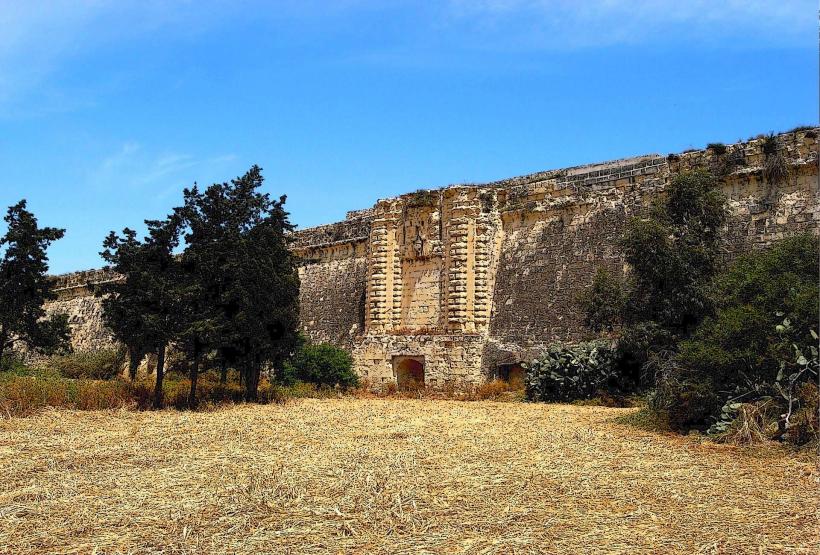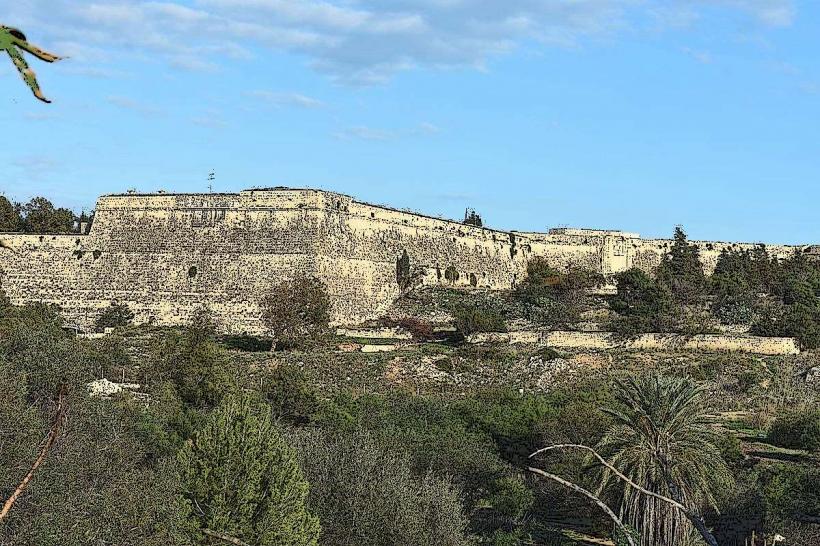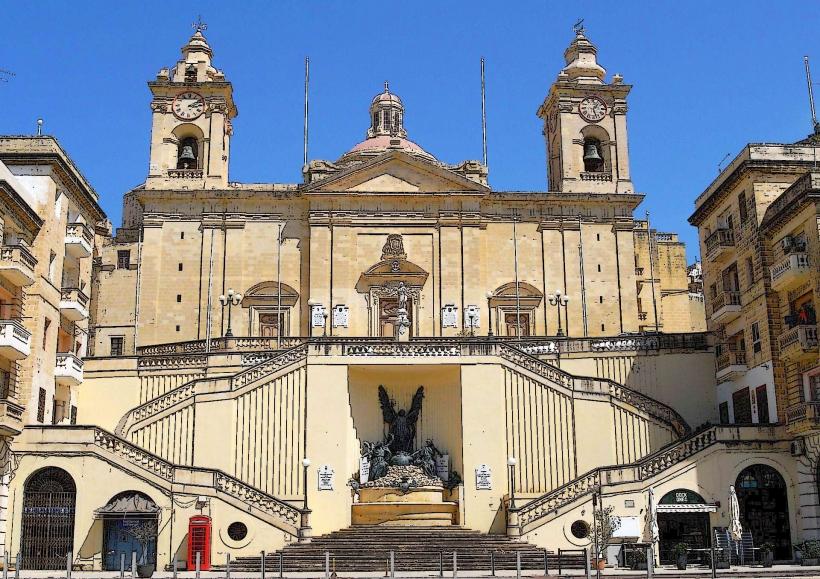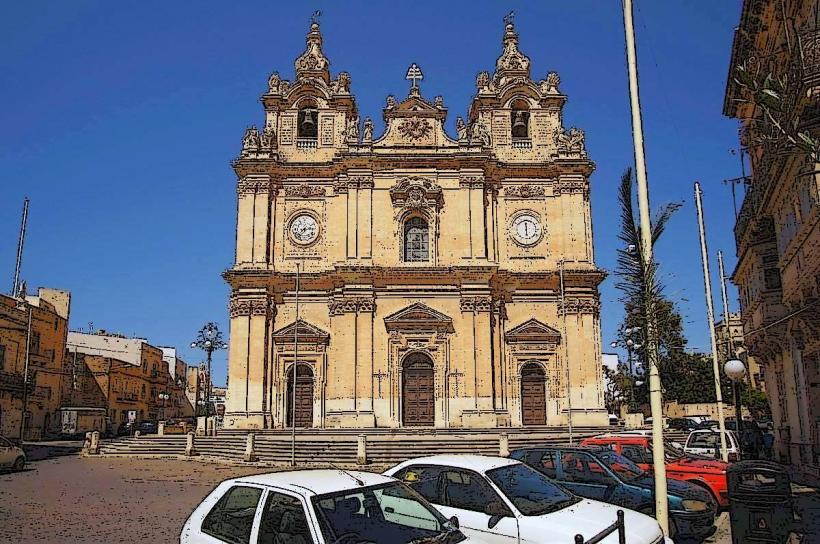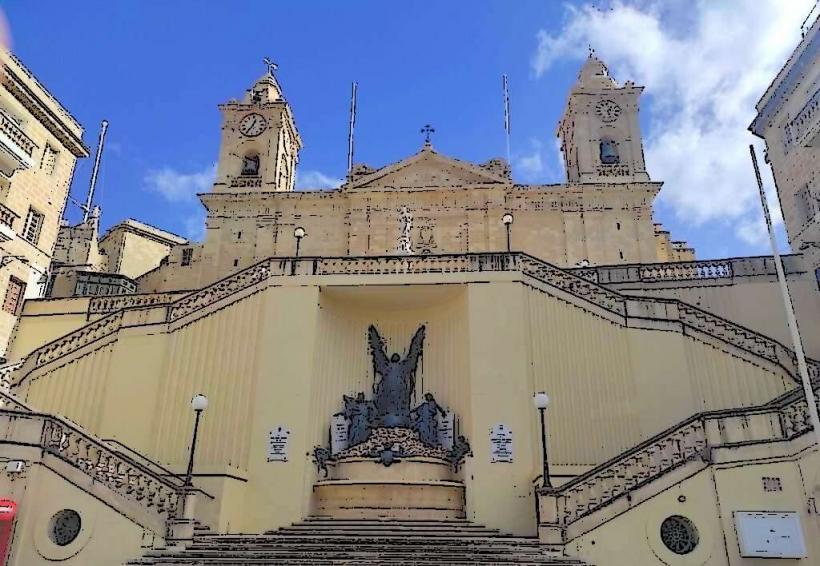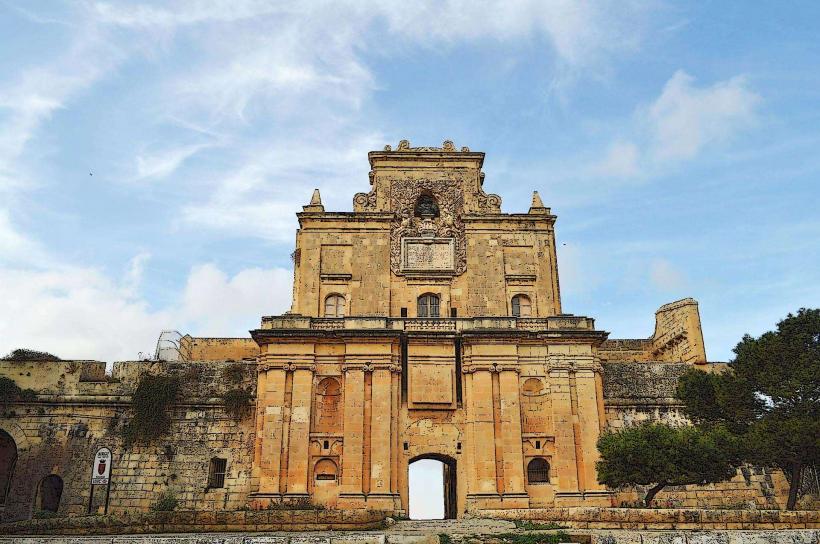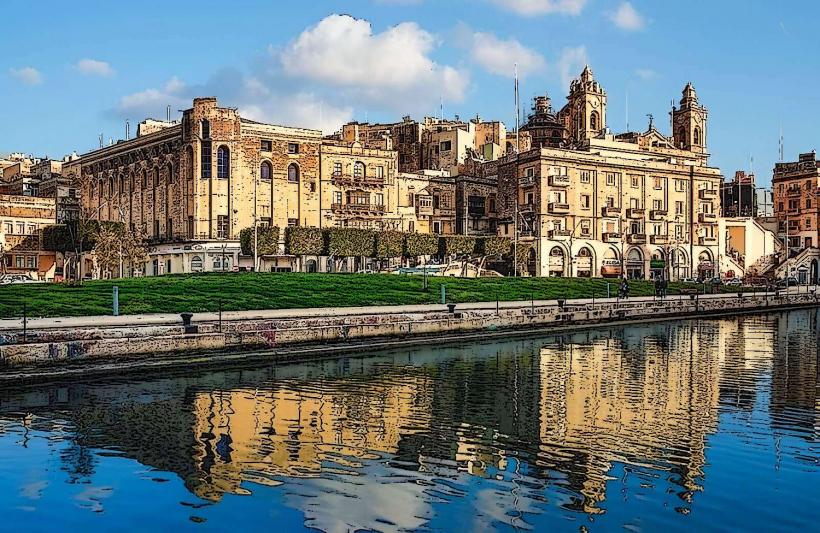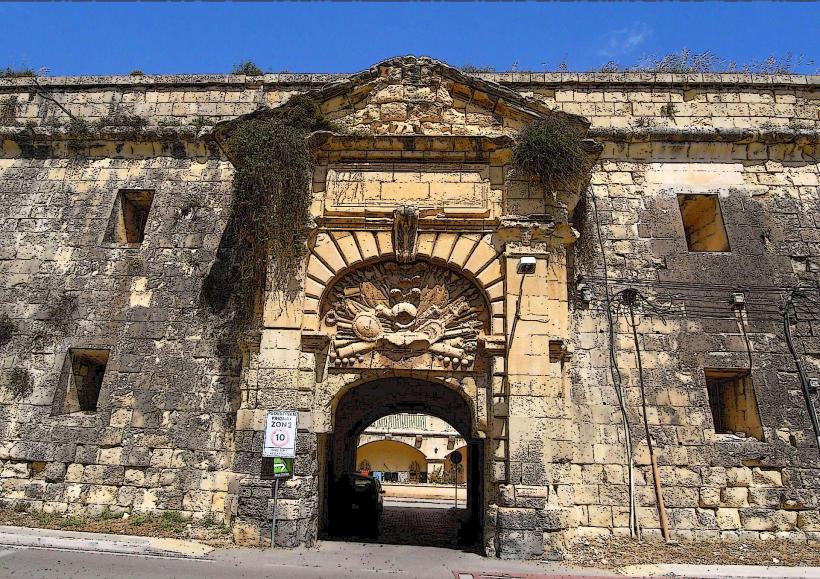Information
Landmark: Bormla GateCity: Cospicua
Country: Malta
Continent: Europe
Bormla Gate, also known as Cospicua Gate, is one of the important historical entrances to Cospicua, one of the Three Cities of Malta. It is located in the fortified city of Cospicua, which has a long history tied to the Knights of St. John and Malta's military past. Bormla Gate is part of the city's defensive fortifications, which were developed and enhanced over the centuries to protect the Grand Harbour and the surrounding areas.
Historical Background
Knights of St. John Era:
- The gate was constructed during the time of the Knights of St. John, who fortified the city of Cospicua as part of their defensive network around the Grand Harbour. The Knights built and reinforced various gates, bastions, and walls in the area to secure the city against potential invasions, particularly during the Great Siege of Malta (1565) and later conflicts.
Fortification Network:
- Cospicua, like the other Two Cities (Birgu and Senglea), was heavily fortified during the 16th and 17th centuries. The city's gates were part of a larger fortification system, which included forts and bastions that protected the harbor and served as defense points for the local population and the Knights.
British Period:
- During the British colonial period, the fortifications of the Three Cities, including Bormla Gate, were adapted to modern warfare, though the city's gates and walls retained their historical significance. Bormla Gate, like many other gates in Malta, was part of the city's defense during the World War II years, when Malta played a crucial role in the Mediterranean theater.
Architectural Features
Design:
- Bormla Gate is an archway made of limestone, a material commonly used in Maltese fortifications. It features a baroque style that aligns with the Knights' era, reflecting the military architecture of the period.
- The gate is part of a series of gates around Cospicua, which served to control access to the city, providing a strategic point for defending against attackers.
Strategic Location:
- Positioned to control access from the landward side of the city, the gate was crucial for the defense of Cospicua. Its location allowed the defenders to monitor movements in and out of the city, offering control over potential enemy forces.
- The gate leads into the inner streets of Cospicua and is one of the key entrances that connects the city to the surrounding areas, including the dockyards and the Grand Harbour.
Features:
- Over the centuries, the gate has been reinforced and modified, but it retains its historical charm and significance. The design of the gate includes a large arch, which was often the hallmark of defensive gates of the period, and a watchtower or defensive wall at its sides.
Significance Today
Cultural and Historical Heritage:
- Bormla Gate is an essential part of Cospicua’s historical and architectural heritage. It stands as a reminder of Malta's medieval and early modern military history, particularly the Knights of St. John era.
- As a Grade 1 scheduled monument, Bormla Gate is officially protected as a historical site, ensuring its preservation for future generations.
Tourism and Education:
- The gate is a popular stop for visitors exploring Cospicua and the Three Cities. It offers insight into Malta's history, especially the defensive strategies employed during the time of the Knights.
- It is part of the Cospicua Heritage Walk, where tourists can discover other historical landmarks, including fortifications, churches, and palaces that have shaped the city's development.
Photographic and Scenic Value:
- The gate and its surroundings provide picturesque views of Cospicua’s historic architecture and the Grand Harbour, making it a popular location for photography enthusiasts and history lovers alike.
- Visitors can walk through the gate and explore the charming streets of Cospicua, which are lined with traditional Maltese buildings and baroque architecture.
Accessibility
- By Foot:
- Bormla Gate is located within Cospicua, and visitors can easily access it on foot. It is situated near other historical sites and fortifications, making it a key part of a walking tour of the city.
- Public Transport:
- Cospicua is well-connected by public transport, with buses linking the area to Valletta and other parts of the island. The gate is within walking distance of bus stops.
- By Water:
- Visitors arriving by water can dock at the Cospicua Waterfront and walk to the gate, which is part of the city’s inner defense network.
Conclusion
Bormla Gate stands as a key historical and architectural feature of Cospicua, offering a glimpse into Malta’s military past and the strategic defense mechanisms employed during the era of the Knights of St. John. Its preservation and role in the city’s heritage make it an important landmark for those exploring the island’s fortifications, history, and architecture. Whether as part of a guided tour or as a scenic spot for photography, Bormla Gate remains a significant symbol of Cospicua's defensive strength and its important role in Malta's military history.

